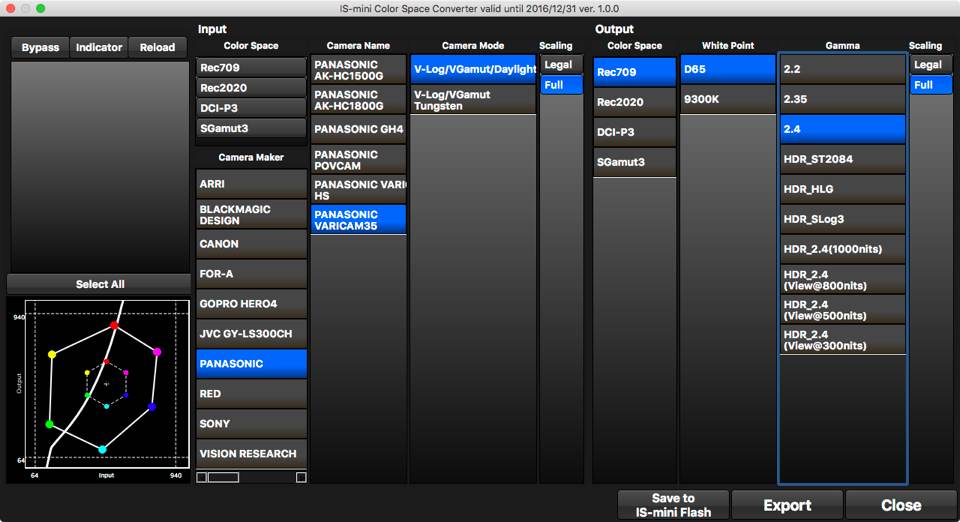

- BEST FREE RAW CONVERTER FOR FUJI PRO
- BEST FREE RAW CONVERTER FOR FUJI SOFTWARE
- BEST FREE RAW CONVERTER FOR FUJI DOWNLOAD
This seems like a long list but most of these software will achieve the same end result (more or less).
BEST FREE RAW CONVERTER FOR FUJI PRO
I have to say that in truth I dont really care which software I use, but what is true is that if you are expert at using any software then you will be more able to achieve your vision.īe it the paid for ones such as Adobe Lightroom Classic, Capture One Pro, Exposure X7, On1 RAW Photo 2022, Picturecode PhotoNinja, Luminar AI, Photoshop, Affinity Photo, DXO PhotoLab5, Corel Aftershot Pro or the free alternatives from RAWTherapee, Lightzone, Darktable. I prefer the former, some prefer the latter. LR and DXO have a filmic approach for their rendering algoritms, curves and colors, CaptureOne is really into clean digital. I still use COP for the opccasional tethering sessions but that's all. It's stll a bit beta round the edges but I like the result so much better than when I used (tried to use) CaptureOne20. I use Lightroom as my central hub and I integrated the DXO software suite into my workflow since they released PL5 with X-Trans support. Maybe wait until DXO PureRaw gets X-Trans support. DXO raw conversion, optical corrections and DeepPrime noise reduction are superb. You can use it as a standalone app, but also as a raw pre-processor for Lightroom. If you often shoot ISO1600+ you might want to try DXO Photolab, because it's soooo much better at handling noise that LR. The problem with LR is noise reduction, not sharpening. Even for ISO800 in good light LR is good enough. The" nit picking" on image quality will only make it better.If you mainly shoot low ISO, just stick with LR/PS, it's great. Those who are reaching their photographic maturity in the digital age are fortunate to be working with this equipment. Going back to using my Graflex 4 x 5 or my RB-67, I look at a few of the commercial images I produced with them now, and they don't compare to the IQ produced with the crop sensor in the X-T2. When I encountered it I just added a little " Clarity" in camera raw. The included photo gives a good indication of the issue. But I am getting more involved with landscape work so I will start saving the RAF's which I have discarded in the past. Your right about not getting worked up since most of my work is event, street, travel and candid portrait, I have not noticed. It has always been my choice for noise reduction (Prime) and once a file is converted to a DNG you would think it would be easily read.agreed it's their loss. SW Rick seems to share the frustration I have with DXO. Use Photoshop and try to produce equivalent detail as seen in the sample attached. Then compare the central section of the image with the sample attached.
BEST FREE RAW CONVERTER FOR FUJI DOWNLOAD
If you want to see the difference then go to and download this sample file for the XT-2: Treat it as you would your own XT-2 raw files and process it in Photoshop. A lot of folks are very happy with the results they get from Adobe/X-Trans and don't get worked up over this.


There's various things that can be done to mitigate the result but ultimately if you have Adobe do the demosiacing of the X-Trans array the problem is uncorrectable. Bottom line: Adobe's methodology demosaicing the X-Trans CFA does a weaker job with fine detail rendition than the alternative raw converters. A little Internet research with topics like X-Trans worms, watercolor effect, LR, and Adobe should bring up some tens of thousands of pages for you to examine (somewhat contentious and the amount of misinformation you will encounter is massive). What you're missing is better rendition of fine detail from your XT-2 raw files. When I first got the Fujifilm X t2 I made and compared images from the Raw files converted with the Fujifilm software and those files converted with the Adobe DNG Converter and did not notice any difference in the output quality, so I am curious why the users are using the other available conversion software? but after reading about conversion on this forum, I would like to know what I am missing by not using the converters usually discussed. So my current workflow is to convert my RAF files to DNG and I am happy with the results. The DNG ,being a universal file format gave me confidence that it will be around. My previous system was Pentax and I shot in Adobe DNG with satisfactory results. Since I still use stand alone Photoshop CS-6 it will also not open my Raw Files. I used the DXO prime noise reduction when needed. I use the JPEG most of the time since they are outstanding.Īfter communicating with DXO on why they don't support the XT they basically said it was because of the X tran sensor and their algorithms are designed for the Bayer array. I have been shooting Fuji X (T-2) for about 18 month and generally shoot Raw +.


 0 kommentar(er)
0 kommentar(er)
